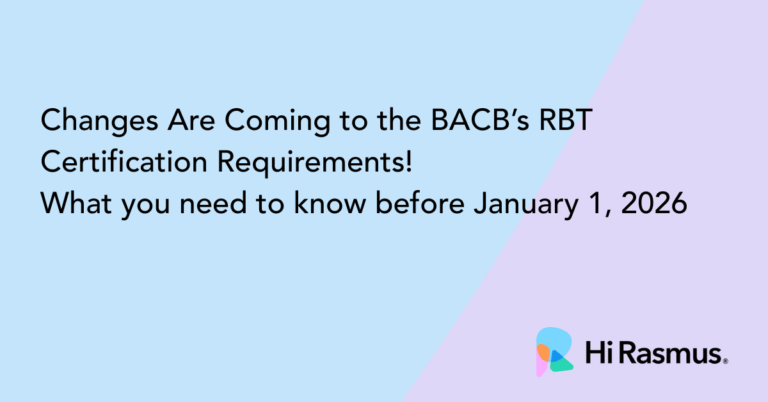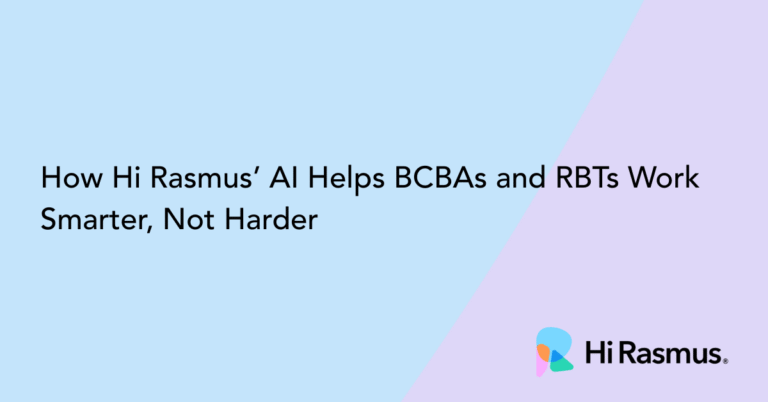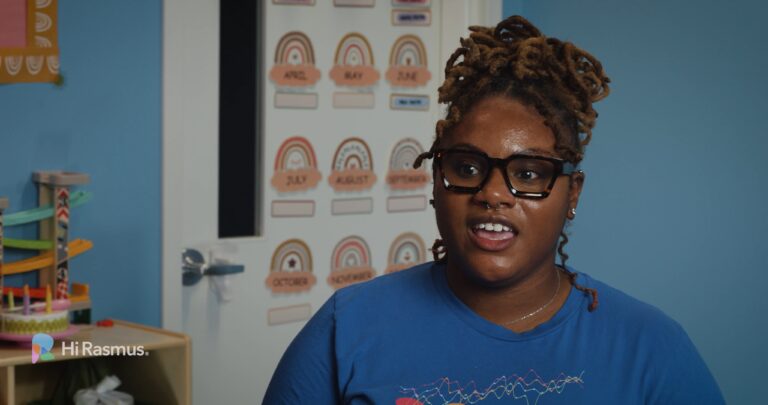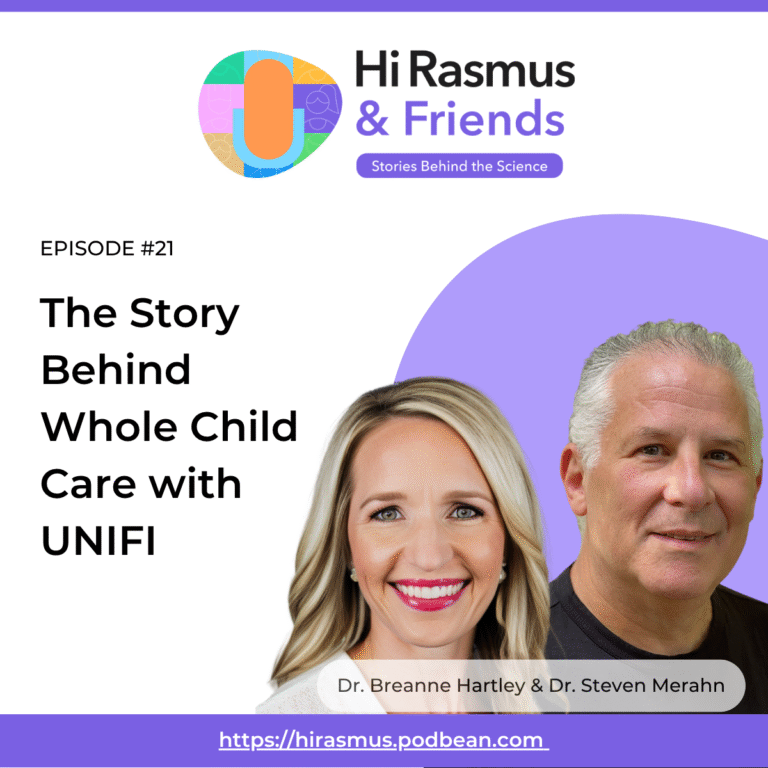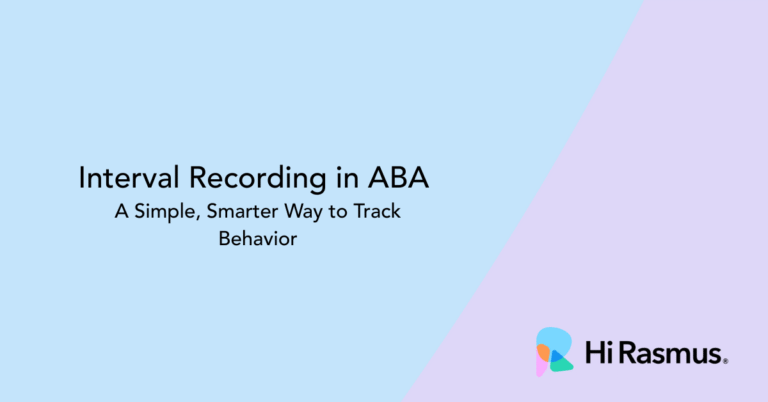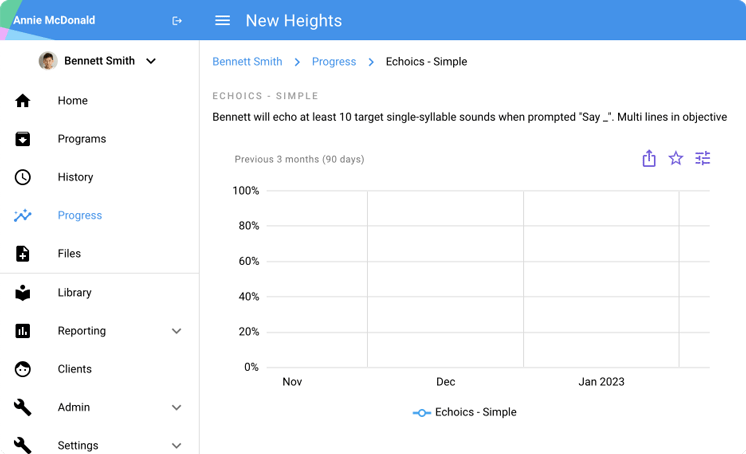How global perspectives can transform your approach to working with diverse families and teams
Working with families from diverse cultural backgrounds isn’t just about being “culturally sensitive,” it’s about creating genuine partnerships that lead to lasting change. In a recent webinar, Global Autism Project founder Molly Ola Pinney shared insights from over 20 years of international ABA work, revealing how the principles that make training sustainable across cultures can transform your practice right here at home.
The Problem with Traditional “Buy-In”
Many ABA professionals focus on getting families to “buy in” to their treatment recommendations. However, as Ola Pini discovered through decades of global work, this approach often leads to burnout for both families and clinicians. The alternative? Moving beyond surface-level compliance to create genuine engagement rooted in shared purpose.
“People will believe things when it comes out of their own mouths,” Ola Pini emphasized. This simple truth can transform how you approach training, whether you’re working with families, supervising RBTs, or leading clinical teams.
Every Family Has Its Own Culture
One of the most powerful insights from the presentation was treating every family as its own unique culture. This perspective shift changes everything, from your initial intake questions to how you design intervention goals.
Consider these culturally-informed intake questions that can improve your practice immediately:
- Should I keep my shoes on or take them off when entering your house?
- How does your family make decisions, and who typically leads those decisions?
- What holidays do you celebrate?
- Is there a day of the week your family doesn’t participate in work or activities?
These questions aren’t just polite—they’re essential for creating sustainable interventions that families will maintain long after your direct involvement ends.
The Three-Circle Framework: Where Real Change Happens
Ola Pini introduced a powerful visual framework that can revolutionize your goal-setting process. Picture three overlapping circles:
- Your Priorities (clinical goals, evidence-based practices)
- Their Priorities (family values, cultural practices, immediate concerns)
- Sustainability (what will continue after your direct support ends)
True ownership and lasting change only happen where all three circles overlap. When goals exist only in your priority circle, they rarely stick. The bed-making example from the webinar perfectly illustrates this—a clinician’s priority that wasn’t valued in the family’s culture became an unsustainable goal.
From Cultural Competence to Cultural Humility
Rather than striving for cultural competence (an impossible standard given the diversity of human experience), Ola Pini advocates for cultural humility—”a lifelong process of self-reflection, self-critique, and a commitment to building partnerships with people and groups who advocate for others.”
This approach recognizes that we don’t know what we don’t know about families’ lives, dreams, and values. It requires genuine curiosity and the willingness to ask questions without judgment.
The Essential vs. Preferable Framework
Another game-changing concept is distinguishing between what’s essential, what’s preferable, and what’s merely “preferable to me.” This framework enables clinicians to focus on what truly matters while remaining flexible in their approach.
The tally counter story from Ghana illustrates this perfectly: spending an entire day searching for a specific data collection tool when the essential need was simply to begin collecting any data at all. How often do we get stuck in “preferable to me” territory, missing opportunities for meaningful approximations?
Practical Applications for Your Practice
With Families:
- Ask about cultural practices before setting goals around daily routines
- Explore family decision-making structures during intake
- Use the three-circle framework to ensure goals align with family priorities
- Remember that different doesn’t mean wrong
With Staff:
- Apply the same curiosity and cultural humility to your RBT supervision
- Create a shared vision and purpose rather than demanding compliance
- Use the Socratic approach—ask questions that lead staff to their own insights
- Honor the expertise that comes from direct, daily contact with learners
In Programming:
- Distinguish between essential clinical targets and your personal preferences
- Consider the “fly-away test”—will this intervention continue without your direct oversight?
- Build in family strengths rather than trying to change cultural practices
- Shape toward sustainable approximations rather than demanding perfection
The Deeper Purpose: Connection Beyond Compliance
At its heart, this approach is about recognizing that sustainable change comes from connection, not compliance. When families feel genuinely understood and valued, when their cultural practices are honored rather than dismissed, and when goals align with their priorities, they become true partners in the intervention process.
This doesn’t mean abandoning clinical expertise or evidence-based practices. Instead, it means finding ways to deliver effective interventions within the context of each family’s unique culture and values.
Looking Forward
As our field continues to serve increasingly diverse populations, these cross-cultural training principles become even more critical. The foreign-born share of the U.S. population is projected to be higher than at any time since 1850, making cultural humility not just a nice-to-have skill, but an essential competency for effective practice.
The goal isn’t to become an expert in every culture you encounter—that’s impossible. The goal is to approach each family with genuine curiosity, respect for their expertise about their own child, and a commitment to creating interventions that honor both clinical best practices and family values.
Key Takeaways for ABA Professionals
- Lead with curiosity, not judgment, when encountering unfamiliar practices
- Use the three-circle framework to ensure goals are sustainable
- Ask better intake questions that reveal cultural values and practices
- Distinguish between essential and preferable when setting clinical targets
- Apply cultural humility principles to all relationships—families, staff, and colleagues
- Focus on “doing with” rather than “doing for” to maintain client agency and ownership
The families we serve don’t need our pity or our judgment—they need our partnership. When we approach each family as experts on their own child and culture, when we align our clinical goals with their priorities, and when we design interventions that can truly be sustained, we create the conditions for lasting, meaningful change.

